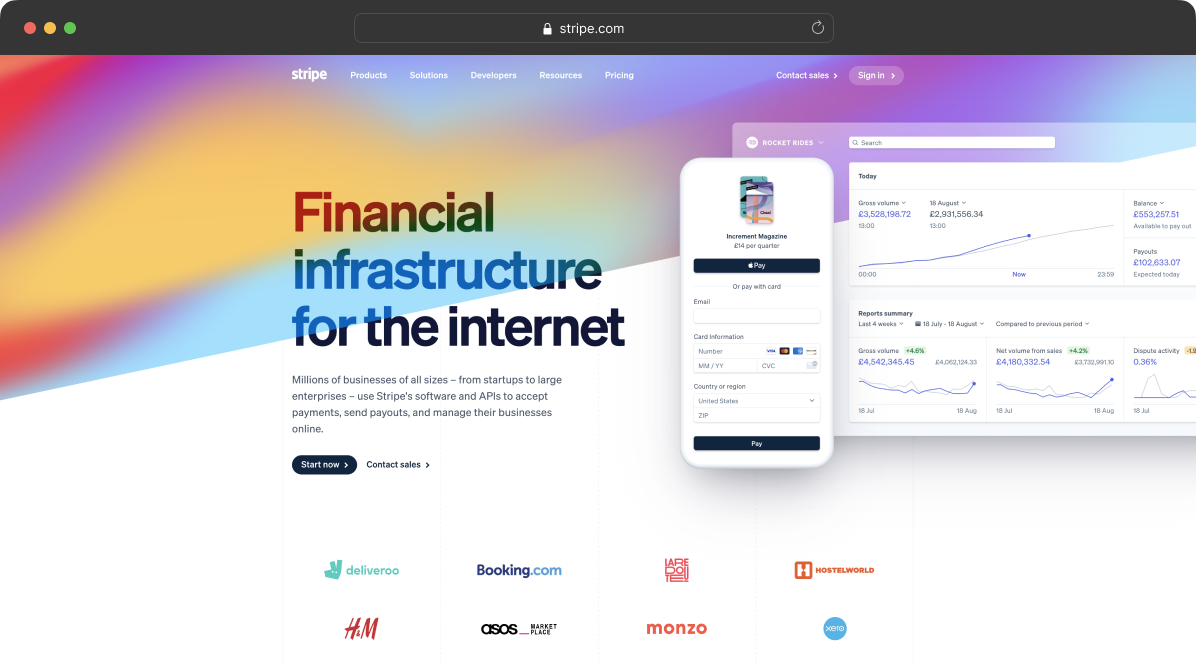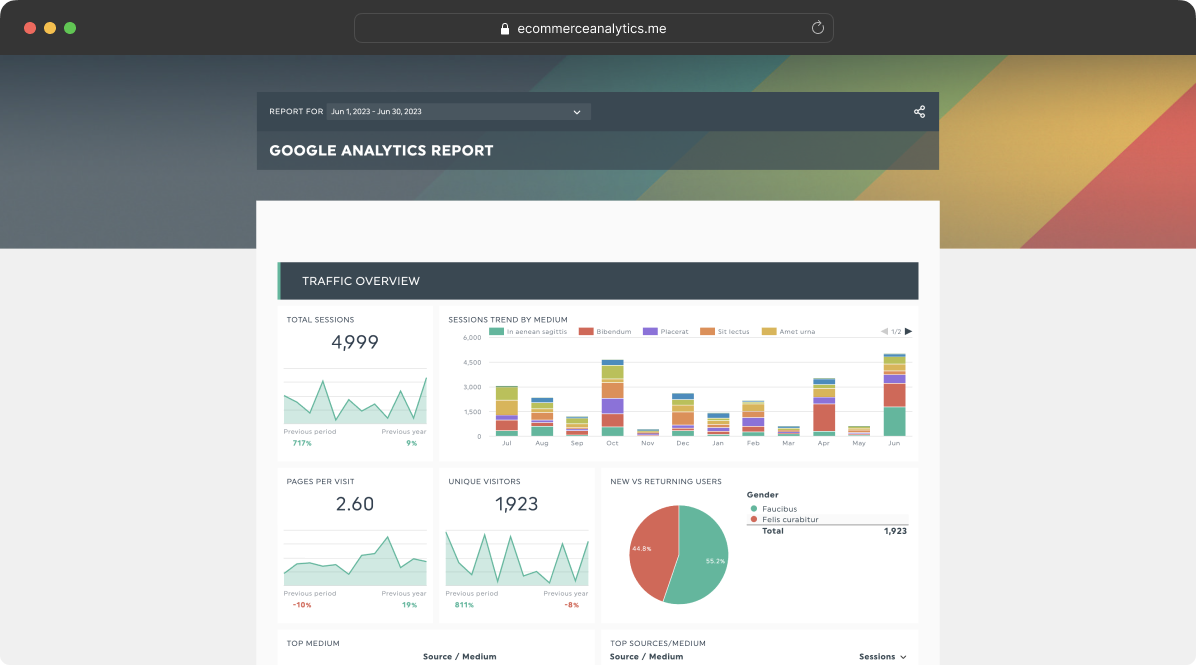
SEO · 5 minute read
In today's digital age, having a successful ecommerce site is crucial for businesses looking to thrive in the online marketplace. With a user-friendly interface, secure payment gateway, responsive design, high-quality product images and descriptions, customer reviews and ratings, a smooth checkout process, robust inventory management, integration with social media platforms, SEO-friendly architecture, analytics and reporting, and ongoing maintenance and support, you can create an ecommerce site that attracts and retains customers, drives sales, and enhances your brand's reputation. In this comprehensive guide, we will explore these essential features in detail, providing business owners like you with the knowledge needed to optimize your ecommerce site.
When visitors land on your ecommerce site, their first impression matters. An intuitive navigation system, clear and organized product categories, and effective search functionality are paramount. Users should be able to find what they are looking for quickly and easily, minimizing frustration and maximizing conversions. Additionally, optimizing your site for mobile devices is crucial, as mobile commerce continues to rise steadily.

Building trust with your customers is vital, especially when it comes to online transactions. Implementing a secure payment gateway is key to safeguarding sensitive customer information. Look for popular and trusted payment gateways that offer robust fraud protection measures. Furthermore, ensure your site is equipped with an SSL certificate to encrypt data transmission and protect against potential breaches. Meeting Payment Card Industry Data Security Standard (PCI DSS) compliance requirements is another essential aspect of securing online payments.
With the proliferation of smartphones and tablets, having a responsive design is no longer an option—it's a necessity. A responsive website adapts to various screen sizes, ensuring an optimal browsing experience for users regardless of the device they're using. Embracing a mobile-first approach when designing and developing your site will ensure that your customers can seamlessly navigate and interact with your content, leading to higher engagement and conversion rates.
When shopping online, customers rely on product visuals and descriptions to make informed purchasing decisions. Invest in professional product photography to showcase your offerings in the best light. Multiple high-resolution images from different angles give customers a comprehensive view of the product. Coupled with persuasive and accurate descriptions that highlight key features and benefits, these elements instill confidence and drive conversions.
In the age of social proof, customer reviews and ratings play a significant role in shaping purchase decisions. Implementing a review system on your ecommerce site encourages customers to share their experiences, increasing trust and credibility. Be proactive in requesting feedback from satisfied customers and promptly address any negative reviews to showcase your commitment to customer satisfaction.
One of the most critical stages in the customer journey is the checkout process. A clunky or complicated checkout can lead to cart abandonment and lost sales. Streamline the process by eliminating unnecessary steps and reducing form fields. Offering a guest checkout option eliminates barriers for first-time customers. Clear progress indicators keep users informed about their progress, minimizing confusion and frustration.
Accurate inventory management is vital to avoid overselling or disappointing customers due to out-of-stock items. Implement real-time stock updates to provide up-to-date availability information. Automated low-stock notifications help you stay on top of inventory levels, enabling timely replenishment. Additionally, efficient backorder and pre-order management can help capture sales even when certain products are temporarily unavailable.
Leveraging the power of social media is essential for expanding your brand's reach and driving traffic to your ecommerce site. Integrating social sharing buttons allows users to easily share your products with their networks, increasing exposure and potentially generating new customers. Seamlessly connecting your site with your social media profiles enables you to harness user-generated content and facilitate engagement with your audience.
Optimizing your ecommerce site for search engines ensures that your products are discoverable by potential customers. A clean and crawlable URL structure, coupled with an XML sitemap, makes it easier for search engine bots to navigate and index your site. Proper use of meta tags and strategically incorporating relevant keywords throughout your site's content can help improve its visibility in search engine results, driving organic traffic and boosting conversions.

Data-driven decision making is crucial for the success of any ecommerce site. Implement web analytics tools like Google Analytics to gain valuable insights into your site's performance. Track key performance indicators (KPIs) such as traffic sources, conversion rates, and average order value. Regular reporting and analysis allow you to identify areas for improvement, optimize marketing campaigns, and make informed business decisions.
An ecommerce site requires ongoing maintenance to ensure optimal performance and security. Regularly update your site's software and security patches to protect against potential vulnerabilities. Establish reliable customer support channels to assist customers with any issues or inquiries promptly. Additionally, actively seek and incorporate user feedback to continuously improve your site's user experience and meet evolving customer needs.
Building a successful ecommerce site requires a holistic approach that combines user-friendly design, robust security measures, persuasive content, streamlined checkout processes, efficient inventory management, social media integration, SEO optimization, data analysis, and ongoing maintenance. By implementing these essential features, you can create a captivating online shopping experience that not only attracts customers but also encourages repeat business and drives revenue growth. Invest the time and resources into optimizing your ecommerce site, and watch your business flourish in the competitive online marketplace.